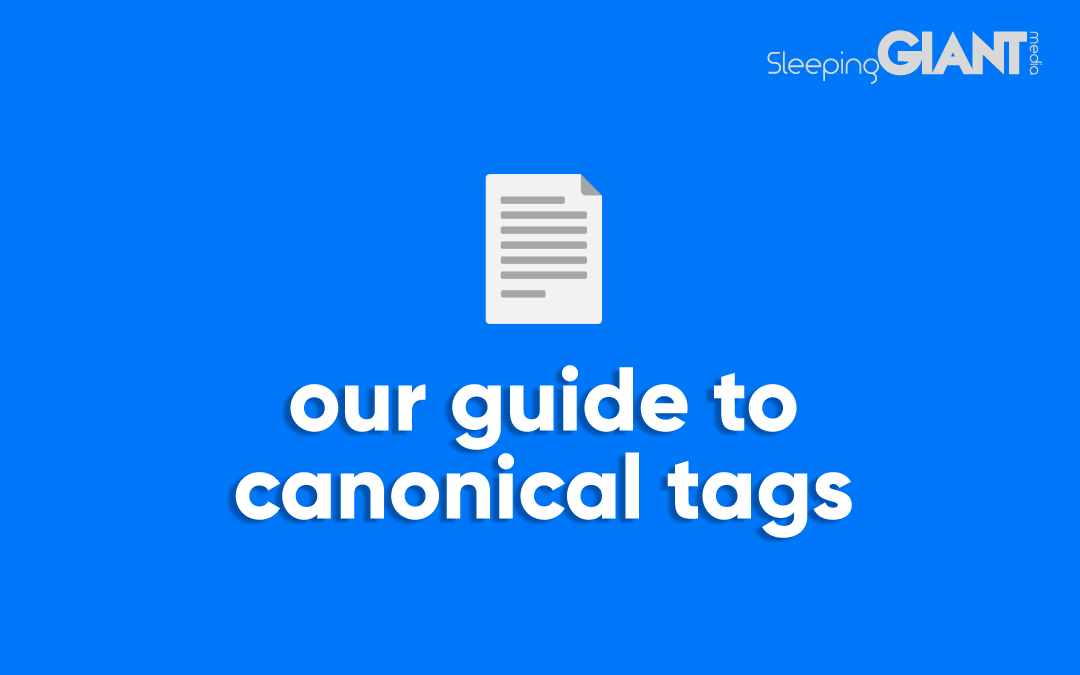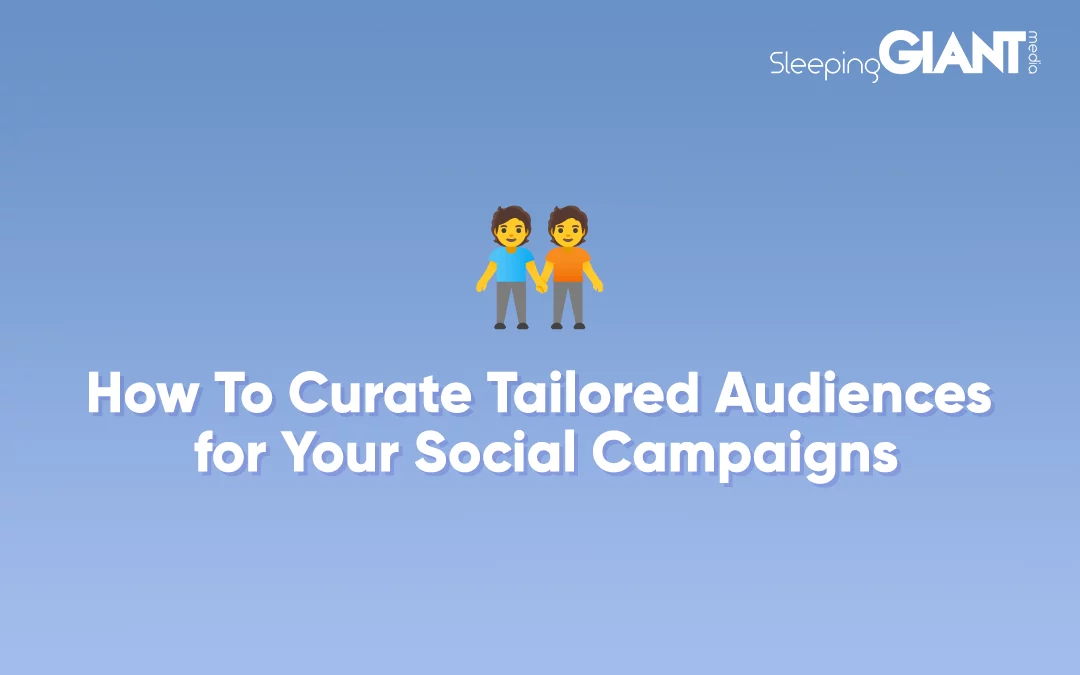How To Improve Site Speed

Digital Marketing, technology & business insights, how-to’s and explainer videos, released on a Wednesday. Make sure to subscribe to be notified and sign up for our mailing list! 🎥
See below, the transcript from this episode of Giant Wednesday if videos aren’t your preferred method to consume digital skills.
If you want to know more, get in touch today 😎
We want our clothes deliveries yesterday, our takeaways fast and our websites to load NOW.
I can’t help you with the first two… but I can help you make your website load fast and keep customers happy! Let’s explore site speed and how to improve it!
Let’s kick things off with an explanation…
What is Site Speed?
Site speed is essentially a measure of how long it takes for a page to load on your website.
Site speed is measured by looking at a sample of page views on a site, whereas page speed looks at a specific page.
This is often reported back to you in a measurement of seconds… if it’s minutes, we’ve got to start wondering what year you’re in!
Why does Site Speed Matter?
Well, it’s important to know that site speed is important for you, website runners, in two ways…
One way is customer service, the other is the fact Google values it as a ranking factor!
Google, being the clever beans they are, created a computer system modelled on the human brain called the deep neural network, and with 90% accuracy it was able to predict the following:
- If your site takes between 1-3 seconds to load, the probability of a user ‘bouncing’ (or in other words, leaving your site) increases by 32%
- A site speed of 1-5 seconds increases the bounce probability to 90%
- 1-6 seconds increases the probability by 106%
- And 1-10 seconds increases the probability of bouncing to 123%
So as you see, if you care about people visiting your site, having a positive experience with you and maybe even converting… then site speed is an important thing to work on.
And just to back up the Google brain there… recent surveys have found that 47% of users expect a site to load in 2 seconds or less, and 52% of users are more likely to be loyal to a page with fast loading speed.
It’s also an important factor when it comes to your SEO – with page speed a direct ranking factor.
Ultimately, everything Google considers an important factor to deserve to have your site seen online, is about providing customers with a superb experience. You see how it all adds up now?
So yeah, site speed – get on it.
Ok, we now know what it is, why it’s important, now let’s look at:
How to measure site speed
How do you know if you’re super slow or lightning quick?
There are loads of tools online, both paid and free, to help you find out what your site speed is, along with suggestions on what to improve.
One such option is loading up Google Analytics, clicking on the ‘Behaviour’ drop-down box, and then ‘Site Speed’, and then ‘overview’.
Here you’ll be able to see your average page load time.
What’s more, you’ll be able to see how fast on average it takes to load on different browsers such as Firefox and the three people that still use Internet Explorer.
You can also use tools like PageSpeed Insights to explore specific web pages.
This tool breaks down the various elements that make up page and site speed, giving you a great to-do list to help improve your speed yourself.
How to improve site speed
There are loads of different things you can do to improve your site speed, and tools, like I’ve already mentioned, will give you a great helping hand towards it all.
But my top four things you could go away and action today are:
-
Compress your images
A lot of the time, a slow load speed is caused by heavy file size photos and graphics on your page.
Make sure you’re optimising and compressing your images, keeping them around 200 kilobytes where possible.
You may need to strike a balance between quality and file size, so don’t put a bunch of pixelated images on your site just so it loads quickly.
-
Don’t host your own videos
It goes without saying, but videos are pretty big, and people aren’t going to sit around all day waiting for them to load.
Use a third-party service such as YouTube or Vimeo and copy the embed code link to add the video to your site, without the hefty file size.
-
Sort out your CSS
Look into optimising your CSS… or ask your web development team to.
Your CSS will load in before anything visual appears to the user, so longer CSS load times can cause you problems. Get rid of any extra code and minimise your CSS files.
Some platforms such as Hubspot and WordPress actually have options to minimise your CSS automatically – so make sure you’re using those options where available.
-
Enable Browser Caching
An easy way to speed up your site for returning visitors is to enable browser caching.
This stores a bit of information from your site on the user’s computer, so when they visit your site again, it will load even faster for them.
As I said, there are loads of tips to cover, but those are some great ones to get started on, so go out there and speed up your site.
Sign Up For Giant Wednesday In Your Inbox
Use the form below to sign up and we'll send you fortnightly update emails when a new episode of Giant Wednesday is launched.
Want results like these?
So, you’ve seen how we do it — and you know what we’re capable of. If your brand or business could benefit from results like these, get in touch with us today to unleash your potential.
Follow Us
Sign Up For More
Stay up to date with the latest happenings, learnings, events & more with our GIANT Newsletters.
Contact Us
Top Floor, The Civic Centre, Castle Hill Avenue, Folkestone CT20 2QY.
Copyright © 2022 Sleeping Giant Media. All Rights Reserved.


